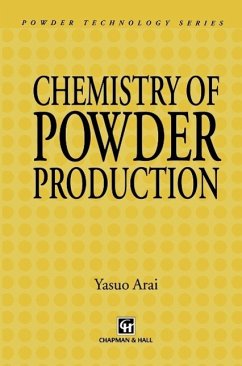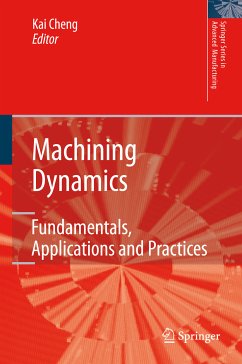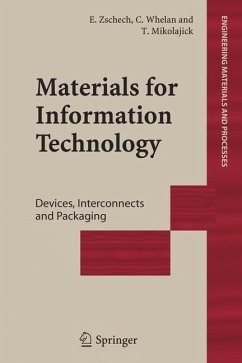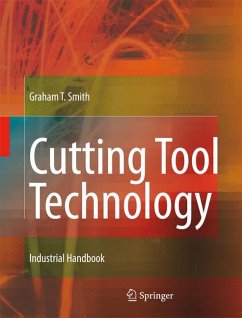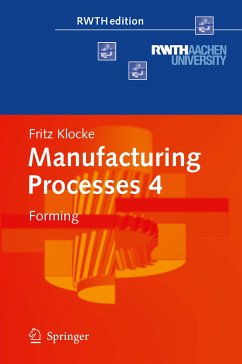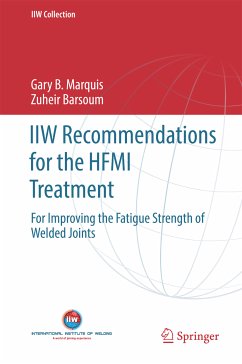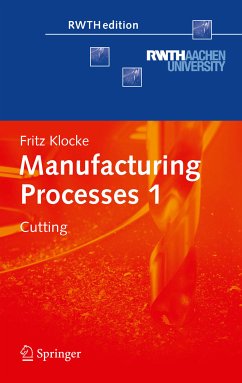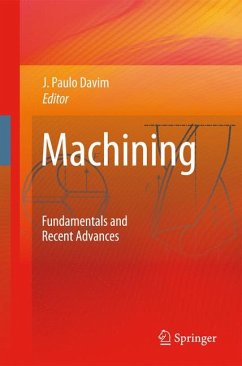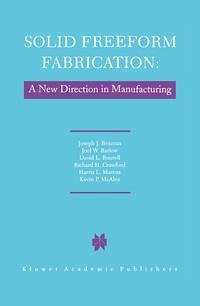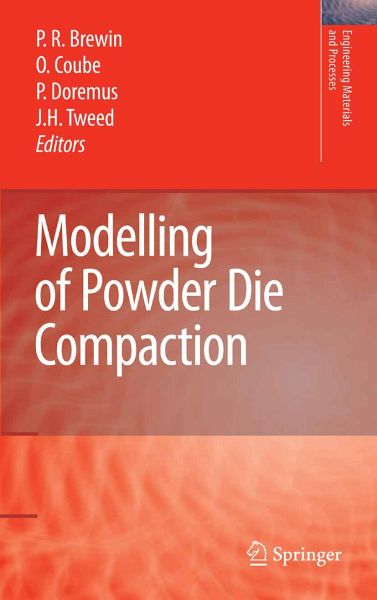
Modelling of Powder Die Compaction (eBook, PDF)
Versandkostenfrei!
Sofort per Download lieferbar
112,95 €
inkl. MwSt.
Weitere Ausgaben:

PAYBACK Punkte
56 °P sammeln!
Manufacture of components from powders often requires a compaction step; as in powder metallurgy, ceramic, hard metal, magnet, pharmaceutical, refractory and other sectors to make anything from complex gears for cars to pills to dishwasher tablets. Development of the tooling to manufacture a component can be a long process with several iterations. A complementary approach is to use a model of the compaction process to predict the way that powder behaves during compaction and thus the loads needed to achieve compaction and quality of the compacted part. Modeling of the process of die compaction...
Manufacture of components from powders often requires a compaction step; as in powder metallurgy, ceramic, hard metal, magnet, pharmaceutical, refractory and other sectors to make anything from complex gears for cars to pills to dishwasher tablets. Development of the tooling to manufacture a component can be a long process with several iterations. A complementary approach is to use a model of the compaction process to predict the way that powder behaves during compaction and thus the loads needed to achieve compaction and quality of the compacted part. Modeling of the process of die compaction has been the subject of recent collaborative research from leading experts in Europe and this book presents a summary of the state of the art, taking examples from recent world-class research. Case studies are presented, providing a reference for the testing and validation of these compaction models.
Dieser Download kann aus rechtlichen Gründen nur mit Rechnungsadresse in A, B, BG, CY, CZ, D, DK, EW, E, FIN, F, GR, HR, H, IRL, I, LT, L, LR, M, NL, PL, P, R, S, SLO, SK ausgeliefert werden.



